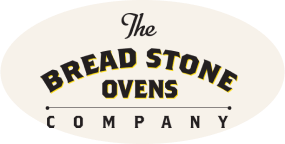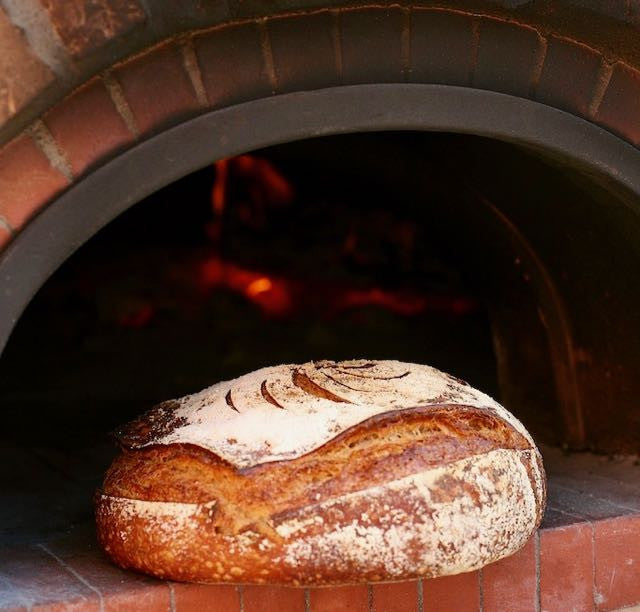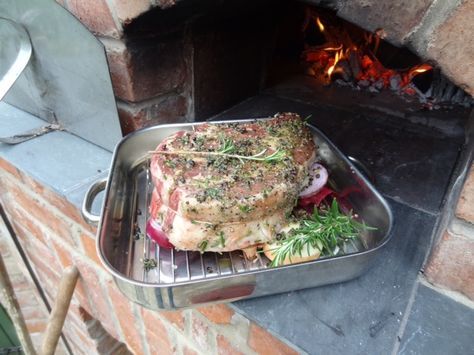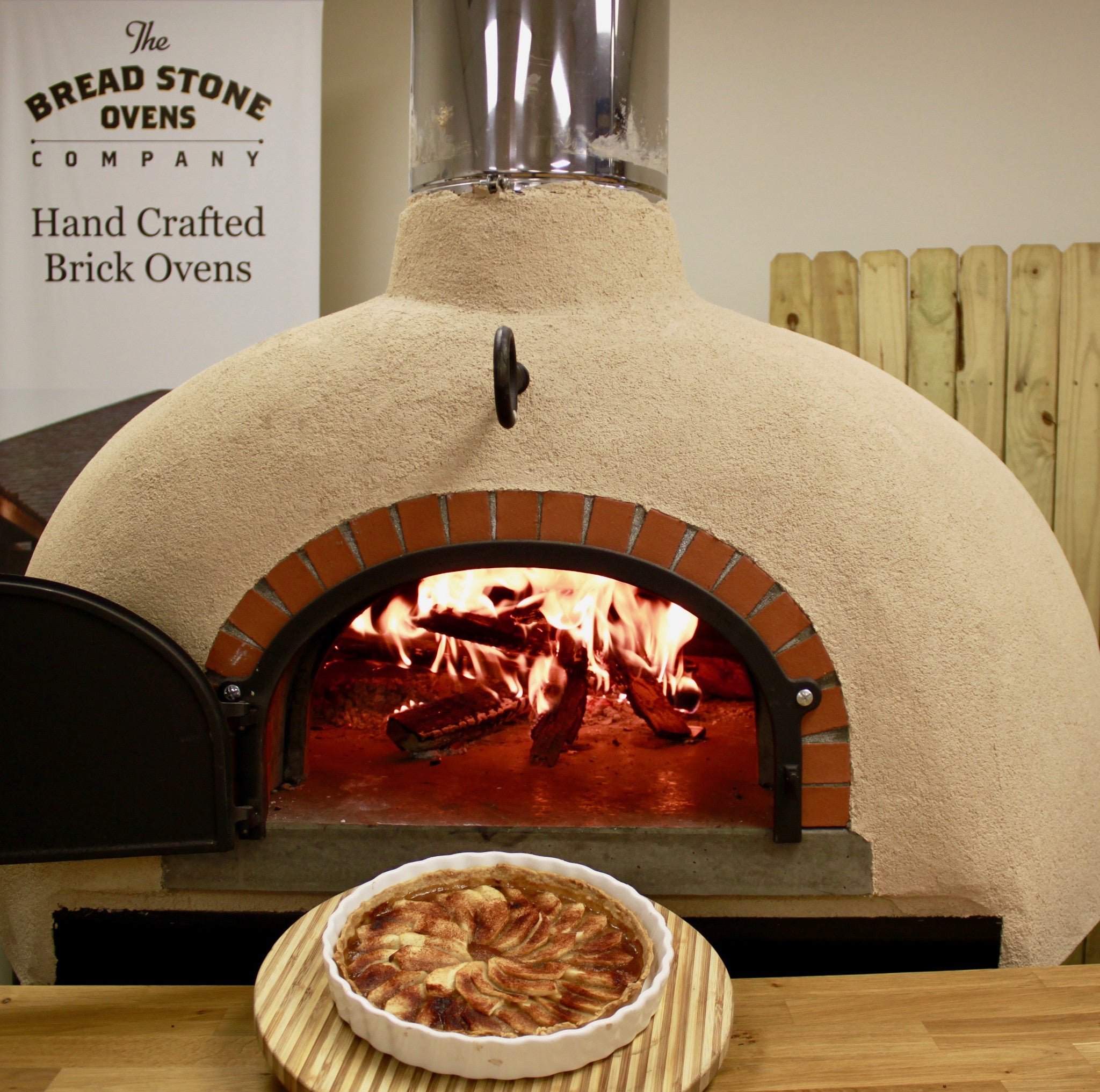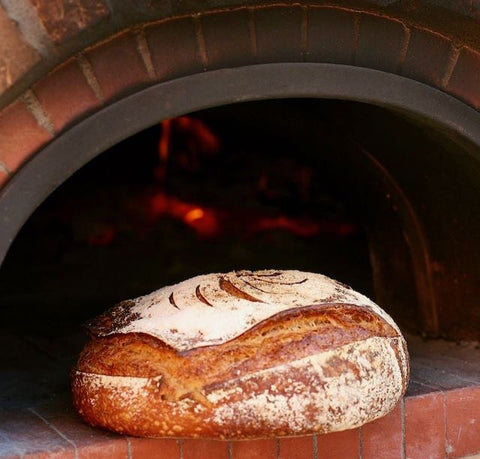
Here’s a little history on bread, as told on The History Channel. Of course, we love bread so much it’s in our name! Recent scholarship suggests humans started baking bread at least 30,000 years ago.
Prehistoric man had already been making gruel from water and grains, so it was a small jump to starting cooking this mixture into a solid by frying it on stones. A 2010 study by the National Academy of Sciences discovered traces of starch (likely from the roots of cattails and ferns) in prehistoric mortar and pestle-like rocks. The roots would have been peeled and dried before they were ground into flour and mixed with water. Finally, the paste would be cooked on heated rocks.
But how did humanity get from this prehistoric flatbread to a fluffy, grocery store loaf? There were three primary innovations that created “modern” bread.
1. Leavening
Leavening is what makes bread rise into a light and fluffy loaf. Bread without leavening is a known as flatbread, and is the most closely related to mankind’s first breads. Examples include Middle Eastern pita, Indian naan and Central American tortillas.
The most common leavening for bread is yeast. Yeast floats around in the air, looking for a nice place to make a home—like a starchy bowl of flour and water. The first leavened bread was likely the result of some passing yeast making a home in a bowl of gruel. The yeast began eating the sugars present in grain, and excreting CO2, producing bubbles that resulted in lighter, airier bread. Commercial yeast production dates back to the skilled bread makers of Ancient Egypt around 300 B.C.
2. Refined Flour
The earliest bread grains would have been ground by hand with rocks. This would have resulted in coarse, whole grain bread—the descendants of which are dark, rustic breads from Europe, like pumpernickel. The Mesopotamians refined this process around 800 B.C., using two flat, circular stones, stacked on top one another to grind the grain. These stones were continuously rotated by draft animals or slaves. This “milling”—which was the genesis for how we create flour today–created smooth, finely ground flour that quickly became prized as a status symbol. The desire for the whitest, most refined bread continued through the modern era, and later advancements included the sifting of flour to remove the bran and the germ and the bleaching of the flour itself.
3. Mechanized Slicing.
For hundreds of years, the finest white breads were sold in whole loaves to be cut at home—like a French baguette or Italian ciabatta. The New York Public Library’s “Lunch” exhibit notes: “Nineteenth and early 20th-century cookbooks and magazines gave highly specific advice about lunchtime sandwich making. For ladies and children, the bread was supposed to be sliced very thinly and the crusts removed. For workers, thick slices with crusts were deemed more appropriate.”
